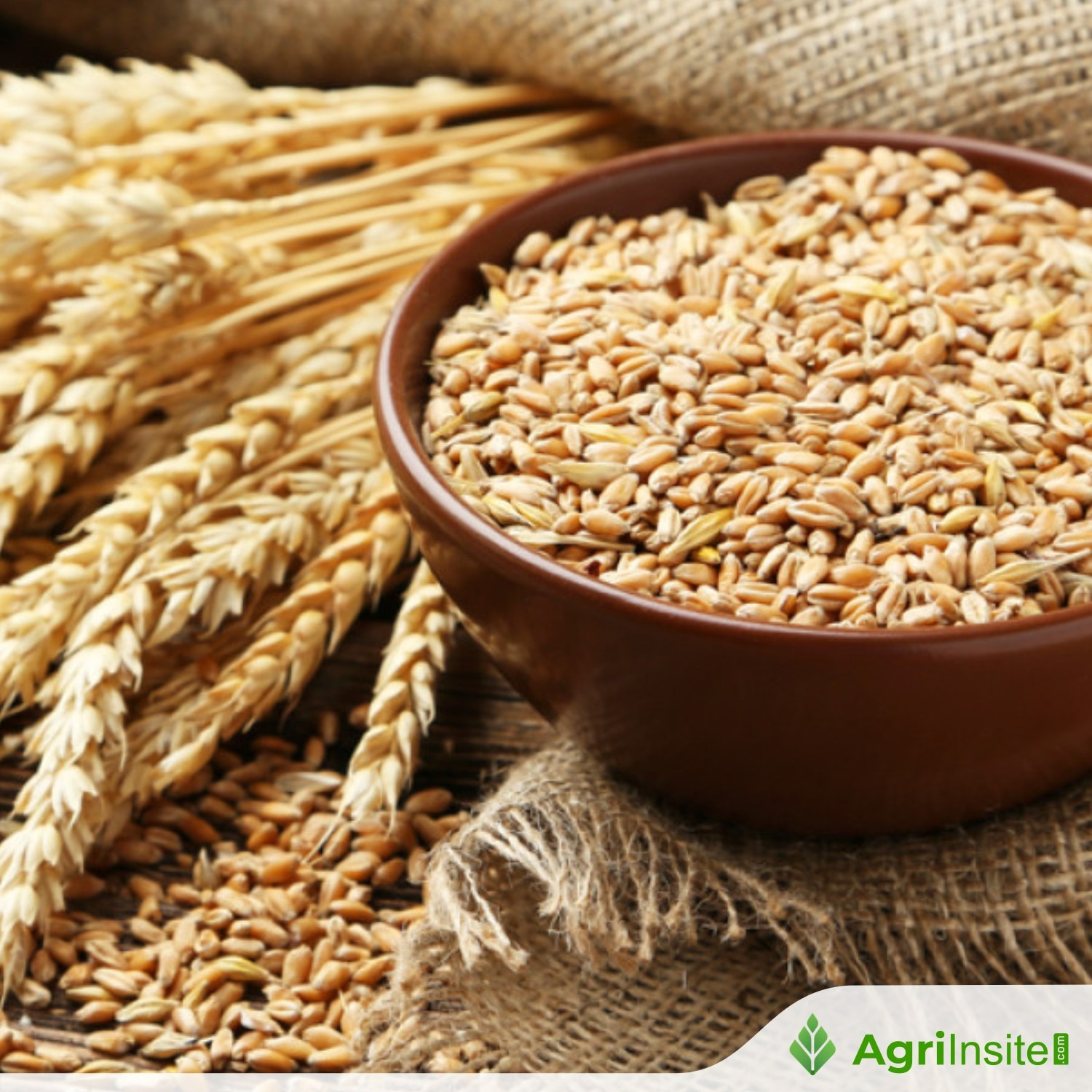Canada Wheat sector still expecting tariff hit

Canadian wheat exports may withstand potential U.S. tariffs due to strong global trade ties, but canola and oats, heavily reliant on the U.S. market, face higher risks. Analysts suggest that tariffs could disrupt trade flows and increase costs for U.S. processors. Canadian exporters may need to expand global partnerships, which could strain shipping infrastructure and impact farmers. Higher U.S. food prices and processing costs are expected if tariffs are implemented.
Canadian wheat — particularly Prairie-grown high-protein varieties — has a strong global network of trading partners that should cushion some of the blow from U.S. tariffs, should they come to pass, says a Cereals Canada representative. However, other ag sectors (including canola and oats) depend highly on the U.S. market and will be more at risk.
”I think you’d expect to see big impacts for oats,” said Leif Carlson, the organization’s director of market intelligence and trade policy.
“The U.S. is Canada’s number one customer for oats and the U.S. is also very reliant on Canada as a supplier.”
Why it matters: U.S. President Donald Trump has suggested that his 25 per cent tariff threat against Canadian goods and services will become a reality Feb. 1.
“There is a huge share of Canadian hard spring that flows out of Vancouver to final customers in Asia and the Middle East and west coast Latin America,” said University of Manitoba ag economics professor Derek Brewin. “If the U.S. adds a tariff on our wheat, it is more likely to drive up U.S. hard spring prices than have much effect on those trade flows or prices at the west coast.”
That doesn’t mean growers of Canadian Western Red Spring (CWRS) wheat would be immune to tariff impacts.
If the sector has to increase its focus on overseas trade due to tariff fallout, Carlson said there would be added pressure on Canada’s shipping infrastructure.
Ultimately, the tariffs would become everyone’s problem.
“If tariffs were to be put on between Canada and the U.S., it would have a huge impact on cereals trade. In grain trade, we sometimes work with big dollar values, but the margins in our business are very tight and even small amounts of percentage (with) tariffs would have a big impact on trade,” Carlson said.
There would also be some pain as Canadian exporters bolster more global trade relationships.
“We have to adapt to (other countries’) supply chains. Changing demands for farmers could have negative impacts on them,” said Carlson.
It will be on wheat growers to form their own strategies based on the price points of their crop options, Carlson said.
Forecast for the U.S.
Carlson expects the tariffs will jumpstart food prices and the cost of processing.
Companies have gotten used to using a mix of Canadian and American wheat and “as we understand it, the qualities of the gluten are different enough that there’s a benefit to using both.”
If tariffs spark U.S. processors to lean more heavily on their own domestic supply, “millers would have to re-adapt their formulations to account for not having access to Canadian high-protein wheat, so that would be disruptive and increase costs,” he said.
U.S. processors could also experience higher sourcing costs if they get more wheat from other countries. Those would be passed on to the end user.
“That’s going to increase their cost of doing business and, if that means that they can’t be as productive as before, that’s going to have economic impacts,” he said.
Carlson emphasized that the U.S. remains very important for cereals markets.
“And I think from the Canadian value chain perspective, we’d like to continue growing on what we’ve built and, hopefully, if there is tariff action, that tariff action won’t be on food.
To read more about Wheat News continue reading Agriinsite.com
Source : Manitoba Cooperator

















